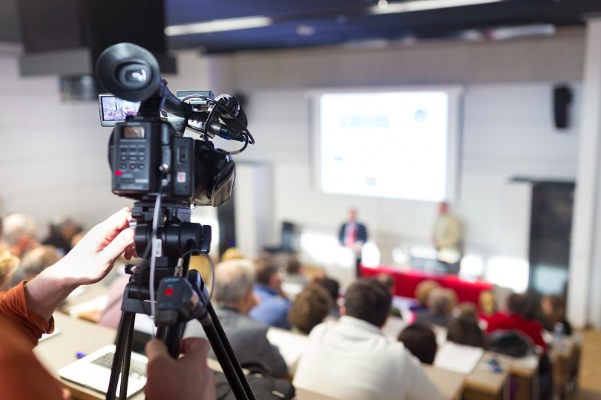
Towards the open education
Been reading through this unit, two interesting aspects have stood out to me from the open education that pushes me to investigate more. They are Open Pedagogy and Open Platforms. The fact that I did not prefer to discuss more on the rest of the topics is that they are quite self-explanatory. Open Participation: literally means everyone could get involved in the open learning courses or workshops; Open Permission: refers to a set of rules allowing people to reuse teaching materials; Open Policies: describes all open education areas to be justified and empowered.
Though, in the Open Pedagogy section, it is vague that if there are no restrictions on the selection of teaching materials. Open pedagogy refers to a set of openly licensed materials available on the market which are free to use and revise for teaching aspects. Different lecturers, or different institutions, would, of course, use different materials to educate their students. With that being said, does it really helps students obtain knowledge? Students who lectured by different professors may learn and perceive knowledge differently, which would possibly create a knowledge gap. It would also undermine the intellectual property rights of the original authors of textbooks and contributors. In the article, Massive Open Online Courses (or MOOCs), are questioned by their effectiveness on teaching using open materials, “… Participation tends to be restricted to accessing freely accessible pre-packaged materials; although called OER, they generally cannot be re-purposed and redistributed. Also, participation in social networked communities of learners is not always a component of the learning design; therefore, the xMOOC pedagogy is considered dubious and not always of high quality, and it does not appear to be compliant with many aspects of an open pedagogy…”. In other words, it may turn out a dilemma to use open materials, since if professors use OERs, they do not have full access to change the content of the materials; and if they do, it would harm to the intellectual property and the academic credentials of the scholars.
Second of all, Open Platforms, such as Wikipedia, WordPress, open API, are available for everyone to use without any restrictions. However, those platforms are not academic professional due to the nature that everyone on the internet could revise the contents online. Those platforms execute the 5Rs, which are retained, reuse, revise, remix, and redistribute. If teachers do use those materials, they have to verify everything on the materials or the content might be biased, incorrect, outdated, fraudulent, or hostile. In the article, Ehlers has claimed that “OEP can change learning environments so that “knowledge is co-created and facilitated through mutual interaction and reflection” by teachers and students.” However, the gathered knowledge might not be accurate and academically defended. Students could not fully confide the materials, which would lead to a deficiency and discouragement in the learning behaviors.
To conclude, it is undoubted that open education has lowered the barriers to learning and stimulated innovations. Notwithstanding the openness of learning, there are some factors, not only the ones I illustrated above, would, intrinsically, impact the effectiveness of learning in turn.
References
Hegarty, B. (2015). Attributes of Open Pedagogy: A Model for Using Open Educational Resources. Educational Technology, 55(4), 3-13. Retrieved from http://www.jstor.org.ezproxy.library.uvic.ca/stable/44430383

Leave a Reply